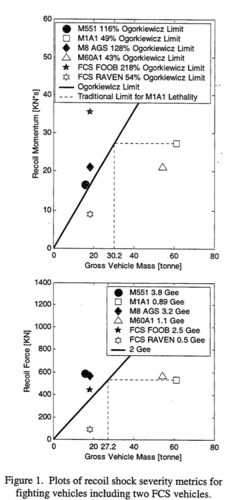- Joined
- 11 March 2012
- Messages
- 3,244
- Reaction score
- 3,171
Scorpion and Scimitar hull size was originally defined by the distance between trees on some colonial plantations. This requirement limited Scorpion size and weight, making it much easier to rapidly-deploy by air ... even air-drop. Light-weight also limited ground pressure, allowing Scorpions to cross soft ground that was difficult for poor, bloody infantry (e.g. Falkland Islands).
Because of low cost, Scorpions were widely exported and their turrets were even more widely exported (e.g. LAV). Scorpions were affordable for many small nations too poor to afford MBTs. As long as they out-gunned potential enemies, Scorpions were "good enough." That they could cross softer ground than many heavier and fancier vehicles meant that Scorpions could fight in more areas.
Because of low cost, Scorpions were widely exported and their turrets were even more widely exported (e.g. LAV). Scorpions were affordable for many small nations too poor to afford MBTs. As long as they out-gunned potential enemies, Scorpions were "good enough." That they could cross softer ground than many heavier and fancier vehicles meant that Scorpions could fight in more areas.
Last edited:




